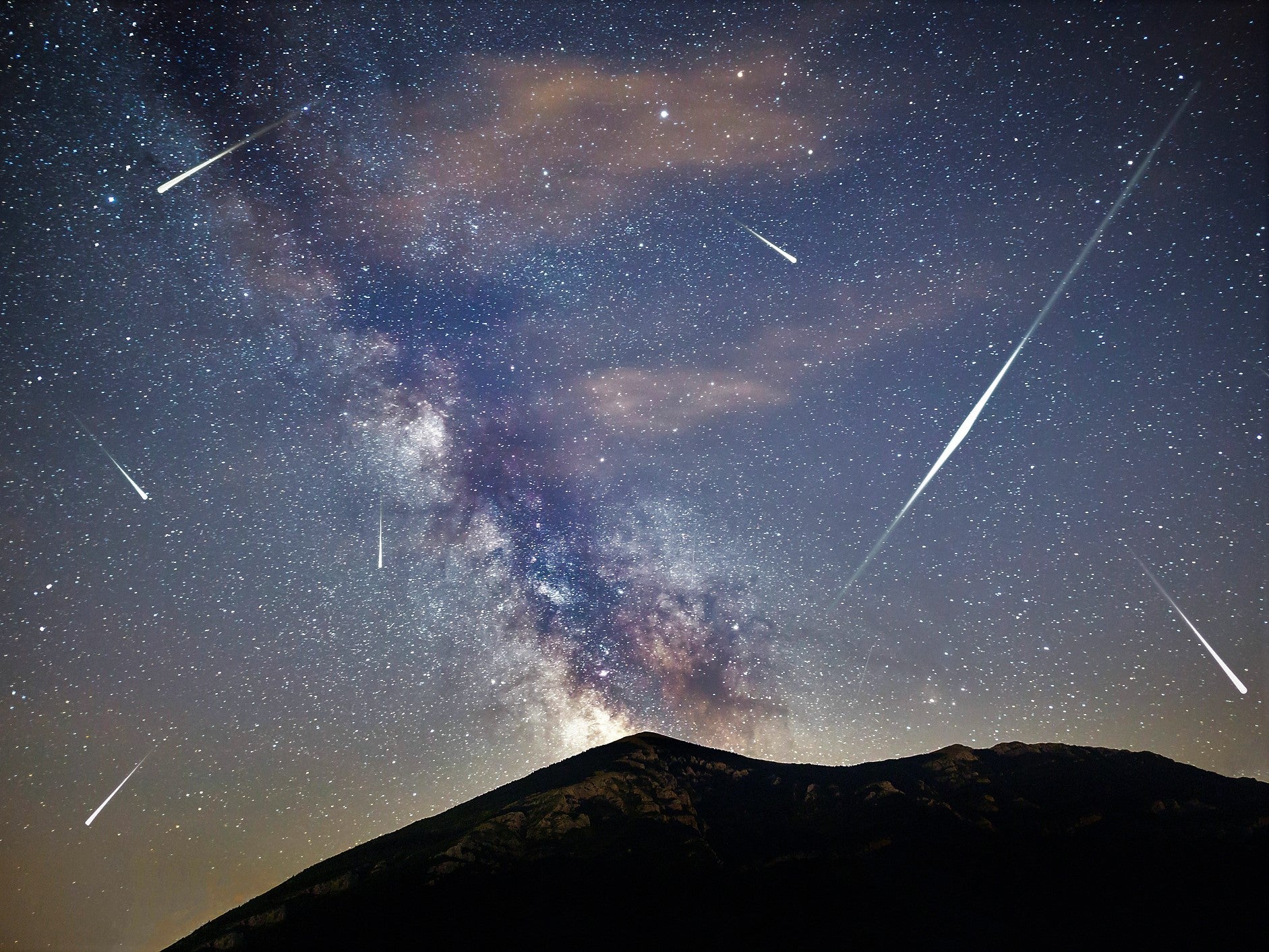Geminid meteor shower 2020: How to see spectacular ‘shooting stars’ tonight
Favourable conditions in the UK should produce one of the most dramatic celestial events of the year

Your support helps us to tell the story
From reproductive rights to climate change to Big Tech, The Independent is on the ground when the story is developing. Whether it's investigating the financials of Elon Musk's pro-Trump PAC or producing our latest documentary, 'The A Word', which shines a light on the American women fighting for reproductive rights, we know how important it is to parse out the facts from the messaging.
At such a critical moment in US history, we need reporters on the ground. Your donation allows us to keep sending journalists to speak to both sides of the story.
The Independent is trusted by Americans across the entire political spectrum. And unlike many other quality news outlets, we choose not to lock Americans out of our reporting and analysis with paywalls. We believe quality journalism should be available to everyone, paid for by those who can afford it.
Your support makes all the difference.The first of two meteor showers this month peaked over the weekend, with up to 120 Geminid meteors shooting across the sky every hour on Sunday night.
The peak coincided with December’s new moon, meaning the night’s sky will be especially dark for sky gazers to enjoy the spectacle.
The meteors burning through the Earth’s atmosphere, commonly referred to as “shooting stars”, will be visible until 16 December but will be at their most prolific on the night of 13 December and early morning of 14 December.
The best time to watch them is generally at around 2am, when the sky is at its darkest.
The Geminid meteors are one of several night sky marvels in December. Next week will see a total solar eclipse pass over South America, while 21 December will host a trio of astronomical events.
The penultimate Monday of 2020 is the shortest day and longest night of the year, known as the Winter Solstice, and will welcome the peak of the Ursid meteors and something known as the Great Conjunction.
This is when the two largest planets in our Solar System – Jupiter and Saturn – come within 0.1 degree of each other.
Advice from professional astronomers and photographers to get the best view of the meteors is to go to an area with as little light pollution as possible, and allow up to 45 minutes to allow for the eyes to adjust to the darkness.

Join our commenting forum
Join thought-provoking conversations, follow other Independent readers and see their replies
Comments